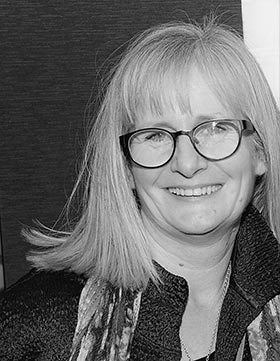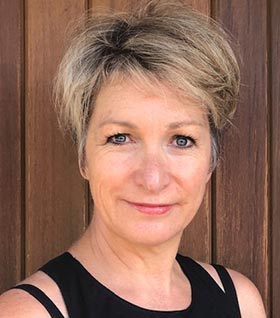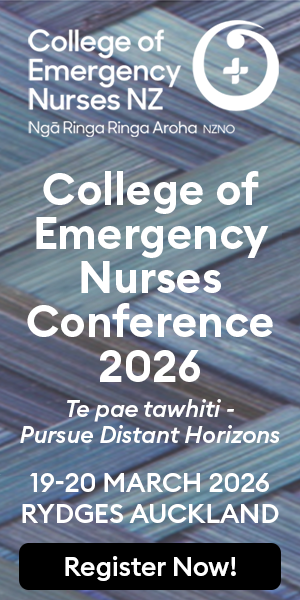The day was a collaboration with the College of Nurses Aotearoa and despite several obstacles – COVID-19 level changes, earthquakes and tsunami warnings – was a success, organising committee chair Kelly Robertson said.

Director of the World Health Organization (WHO) Collaborating Centre for Nursing, Midwifery and Health Development Michele Rumsey stepped in for microbiologist Siouxsie Wiles, who was unable to attend. She talked about Pacific nursing shortages and leadership. The Sydney-based centre aims to improve population health in the South Pacific region.
Drawing on WHO’s 2020 State of the World’s Nursing (SOWN) report, Rumsey said it was crucial that nurses in the western Pacific were “empowered and educated” to improve community health.
While there were more than 200 health education programmes across 16 Pacific countries, there were few specialist or masters’ courses and a lack of continuing professional development for nurses. This limited nurses’ access to policy-making, Rumsey said. Nor was education integrated across the Pacific, or linked to New Zealand or Australia.
A series of leadership programmes, run in 2009-2017, by Sydney’s University of Technology in partnership with the South Pacific Chief Nursing and Midwifery Officers’ Alliance, drew more than 300 participants from 14 countries, the SOWN report said. Initial findings suggested 85 per cent of these participants took up senior roles in nursing and midwifery, set up projects or represented the region’s nursing at global events. Six had become chief nurses and two health ministers, Rumsey said.
NZNO professional nursing adviser Angela Clark said the findings were “encouraging, powerful and relevant” for New Zealand’s multicultural society.
NZCPHCN committee member Yvonne Little said Rumsey’s session was “a real eye opener for us in New Zealand to realise not only the global shortage of nurses but the situation of our Pacific neighbours”.
The SOWN report identified a global nurse shortage of 4.6 million. Rumsey said later this included 350,000 in the western Pacific region, which had around seven million nurses – a quarter of the global nursing workforce.
The SOWN report made a strong case for “a decade of action” to increase investment in nursing education, jobs and leadership in the region, Rumsey said.
But any future quality assurance model for nursing in the Pacific must be based on building trust, with a “ground up” rather than “top down” approach.
‘Demystifying’ nurse practitioners
In a panel discussion on nurse practitioners (NPs), Christchurch NP Jo Talarico and registered nurse Jeanette Banks discussed the barriers still faced by NPs, including rejected referrals from secondary care and specialists and a lack of support for becoming an NP. The panel concluded that, even after 20 years, the NP role was not fully understood. Panel members said an NP did “both what a nurse does and what a doctor does”.

Wellington NP Chris Maxwell spoke about providing clinical leadership in the community, by translating strategy into practice. The NP role was developed to make services more accessible and improve health equity, not just for prescribing, she said.
NPs must be involved with governance, as a clinical voice at the table would help achieve equity and improve access to health care, Maxwell said.
Other sessions looked at the importance of advocacy in supporting at-risk families, challenges and opportunities for nurses in national health policy and how research can shape practice positively.
Ara Institute of Canterbury senior nursing lecturer Isabel Jamieson shared her initial findings from interviews with nurses working in Christchurch’s managed isolation facilities (MIF) in December 2020. Their families had been turned away from sports clubs, Christmas barbecues and relatives’ homes and even struggled to get a dental appointment, Jamieson said.
The diversity of nursing roles within primary health care was celebrated, as new and experienced nurses working across the age spectrum shared their stories. They included a nurse working with former refugees, a male Pacific nurse, army and prison nurses as well as rural nurses and a nurse working with people with intellectual disabilities in the community, Robertson said. “That was really enlightening.”
Robertson said she hoped the collaboration could become an annual event.



